Author
admin
admin
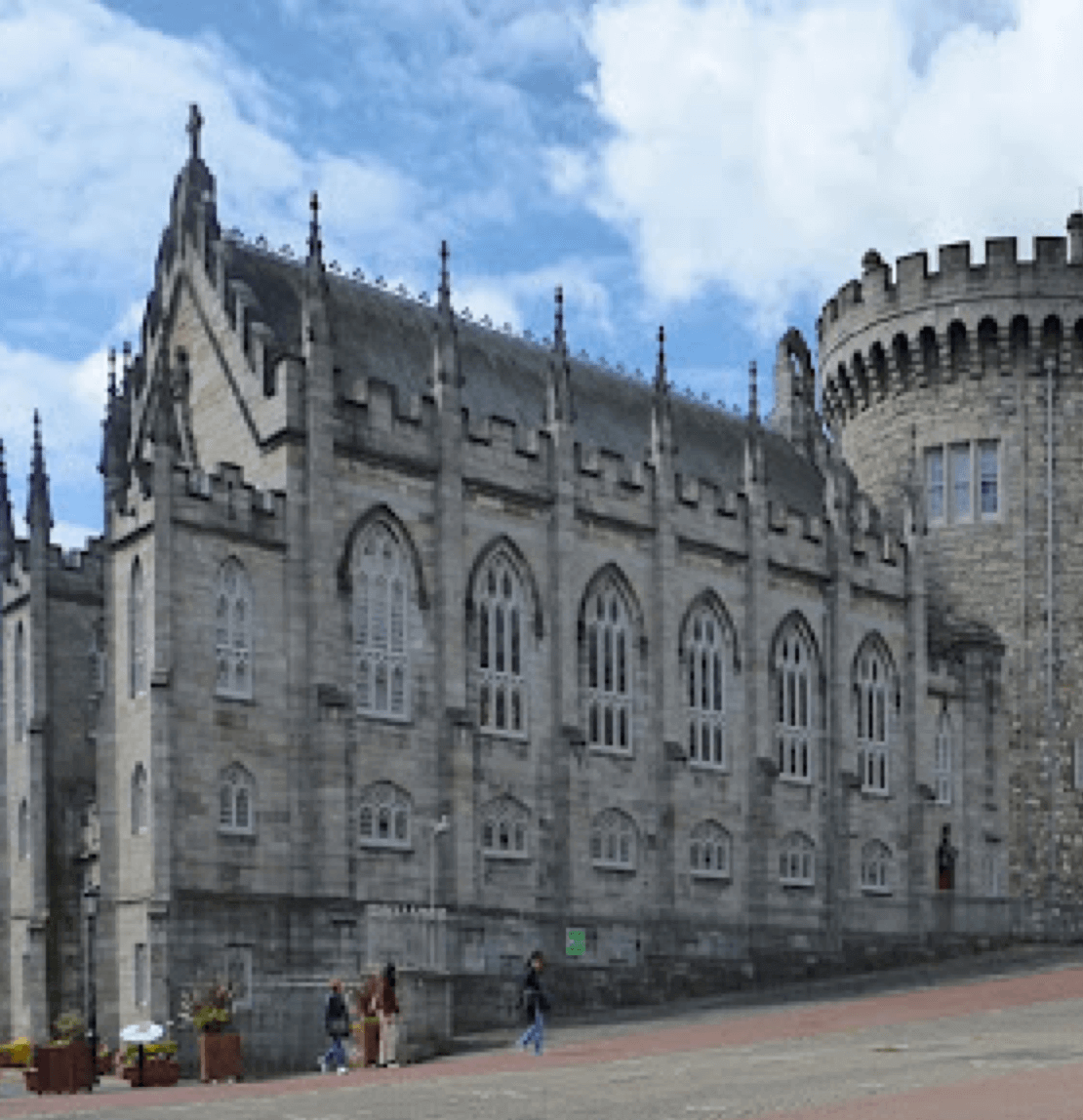
Intro
Every now and again we get the opportunity to provide 3D laser scanning services to different agencies looking to study, preserve, archive, and restore heritage sites around India and the world. These projects give us a sense of duty, honor, and satisfaction that we are contributing in the efforts to preserve these heritage structures, which are often of major cultural and historical significance and can be hundreds of years old! In this particular instance, our area of interest was the Krishna Temple in Hampi, Karnataka, India
Project Objective
A branch of the Karnataka State Department of Science and Technology commissioned Plant Engineering & Geomatic Services (PEGS) to provide 3D laser scanning services for the Krishna Temple and the surrounding area in Hampi in order to create up to date 2d drawings and 3D models for archiving and restoration purposes.
Project Summary
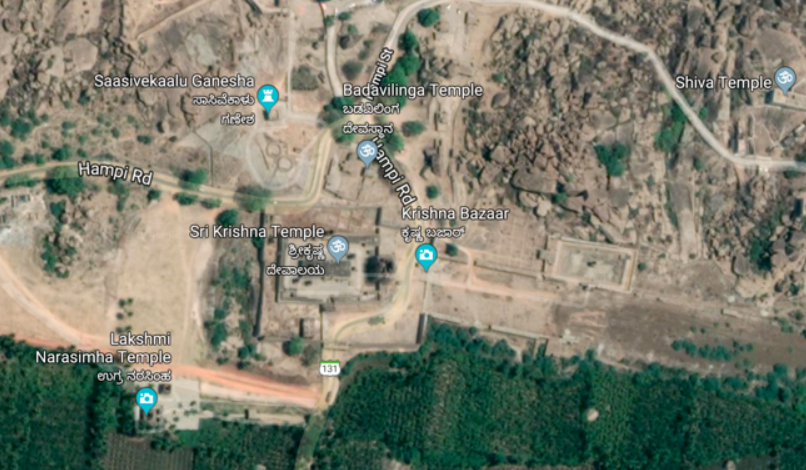
Site & Project Details
History
The Krishna Temple dates back to the early 16th century CE and is part of the ancient Hampi complex which dates back to the 3rd century BCE. The temple also has a market or bazaar area that leads up to it. The temple itself is an offering to the God Krishna though one can also find sculptures of the well known 10 incarnations or avatars of the God Vishnu.
Area
30,000+
sq. m.
Targets used
1,000+
Scans taken
400+
Hardware Used
Leica HDS 6200 Laser Scanner
Leica TS11 Total Station
Nodal Ninja Camera Kit with Nikon DSLR
Software Used
Leica Cyclone (Register Module)
Leica TruView
AutoCAD (for 2D Drawings)
Geomagic (for mesh modelling)
Methodology
Established a control network using black and white targets and a total station over 3 days
The control network was geo-referenced with existing site benchmarks
Laser scanning took place along with 360-degree imagery over 30 days
Registration of scan data was done concurrently while on site
Post Processing of the point cloud data to produce the project deliverables took place at PEGS headquarters over 6 weeks
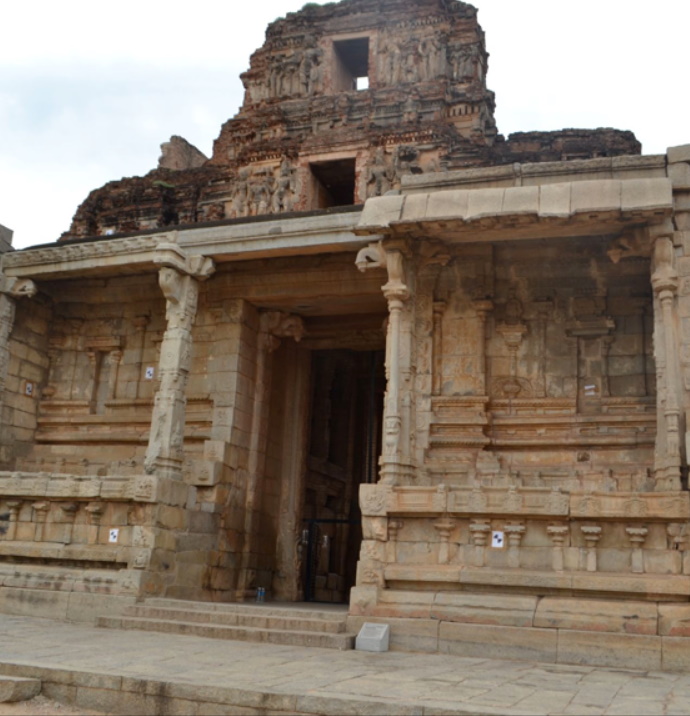
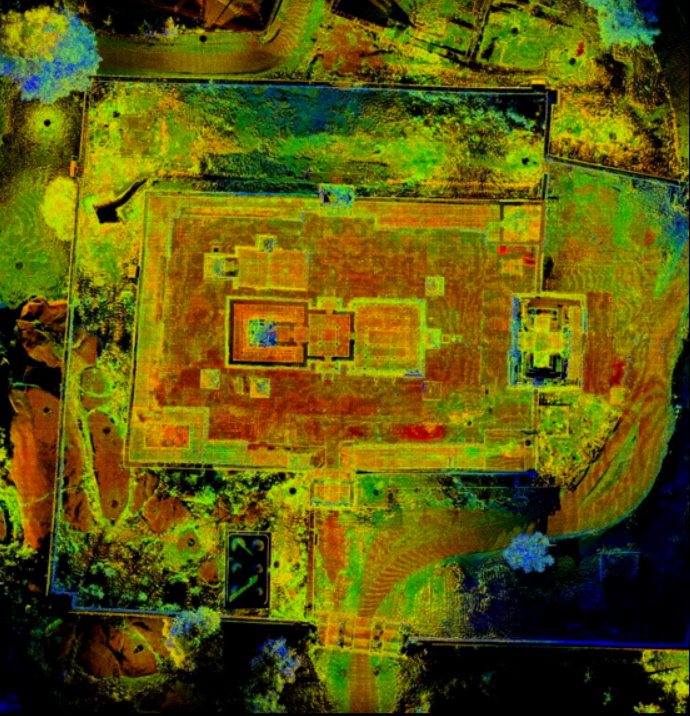
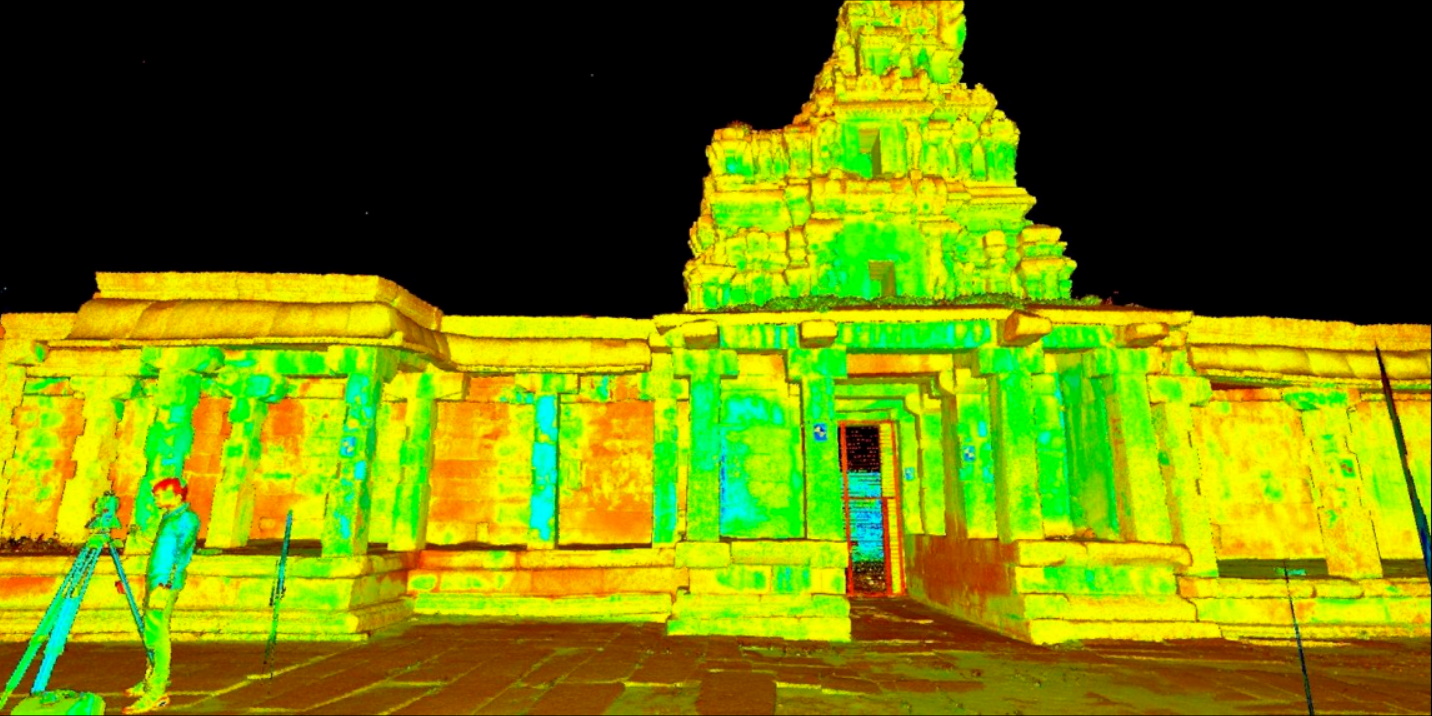
Challenges
Laser scanning projects more often than not present challenges in the field and back in the office related to site permissions/access, working hours, processing at the site, data transfer, and more. When considering public high-traffic tourist areas the challenges multiply. Here are some challenges we faced:
1.
Isolating areas of the temple for data collection. Because of the high footfall and requirement to scan during the day time (for photographs) sectioning off areas to ensure point cloud integrity was tough to manage and increased our time on-site significantly.
2.
The overall size and breadth of the site made setting up and maintaining the control network and targets over the duration of the project a challenge. This project was before the days of auto-registration so we needed to make sure targets weren’t removed. Monsoon weather also dampened and often destroyed our paper targets.
3.
The requirements of the project stipulated high detailing of the intricate carvings at the temple. This meant we needed to take a large number of scans at very high density. This, in turn, over-burdened our field laptops and storage
4.
Again, since we were not using an integrated camera (as we needed high-resolution imagery) the process of creating panoramas at each scan location and stitching those to each scan increased our registration time of the point cloud significantly.
Project Deliverables
The project called for the following outputs from the 3D laser scanning survey
Raw and registered color point cloud data
2D Drawings including a site plan, elevations, and sections throughout the site
3D Mesh modelling of the main temple and bazaar area with high detailing of the sculptures and carvings
A 360-degree walk-through (Leica Truview) World Heritage Site
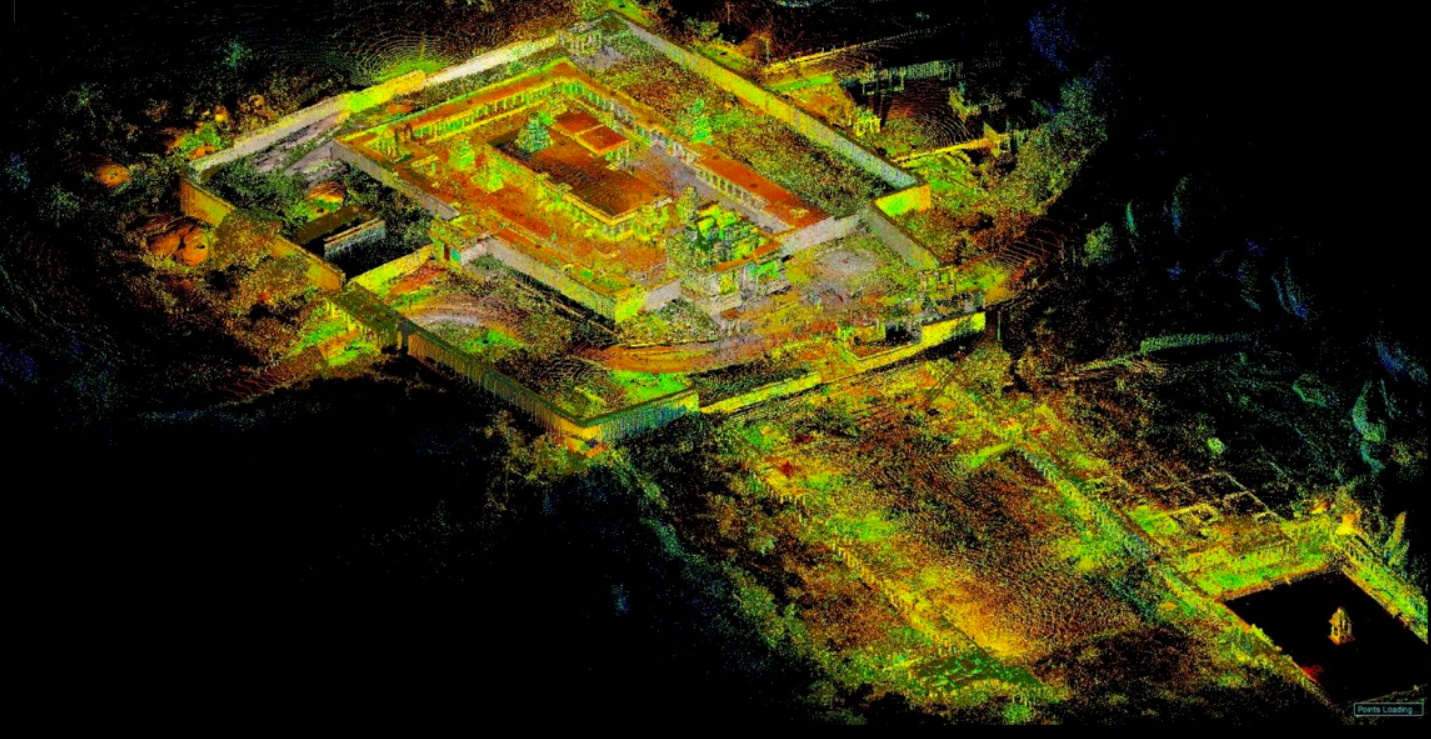
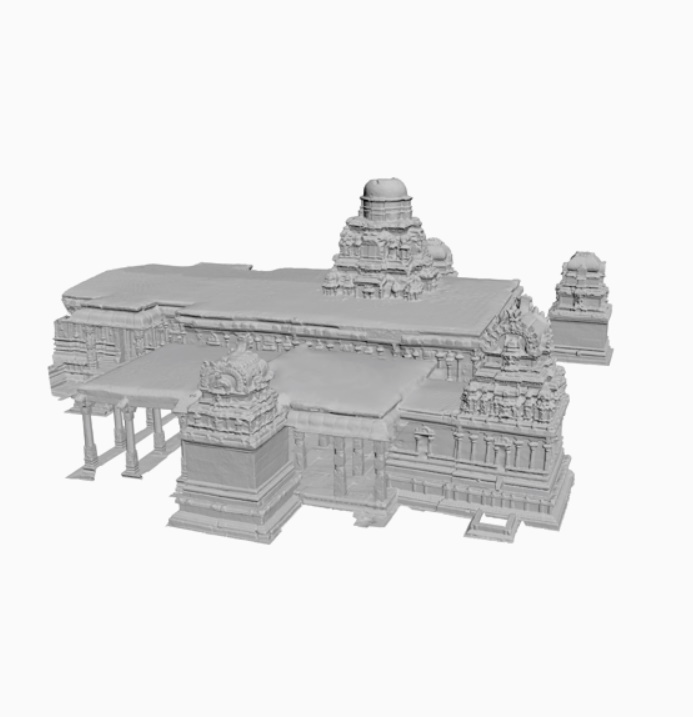
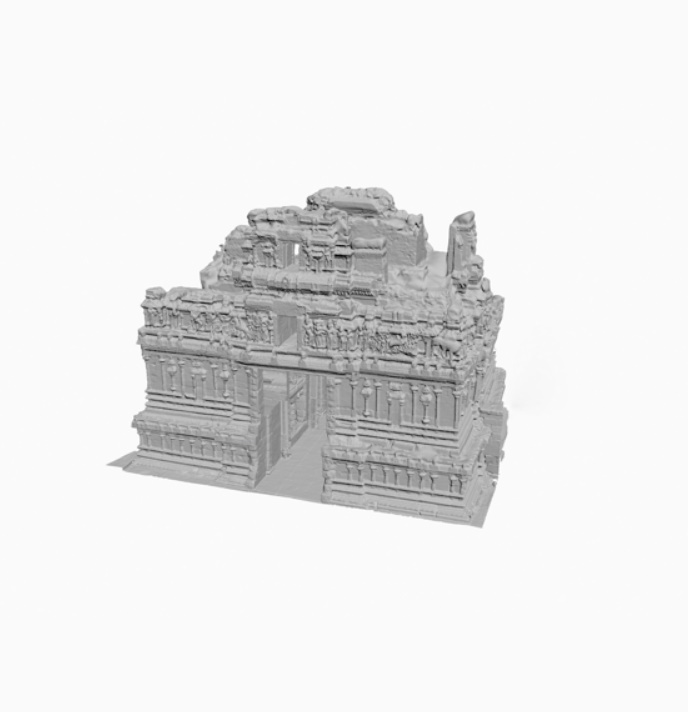


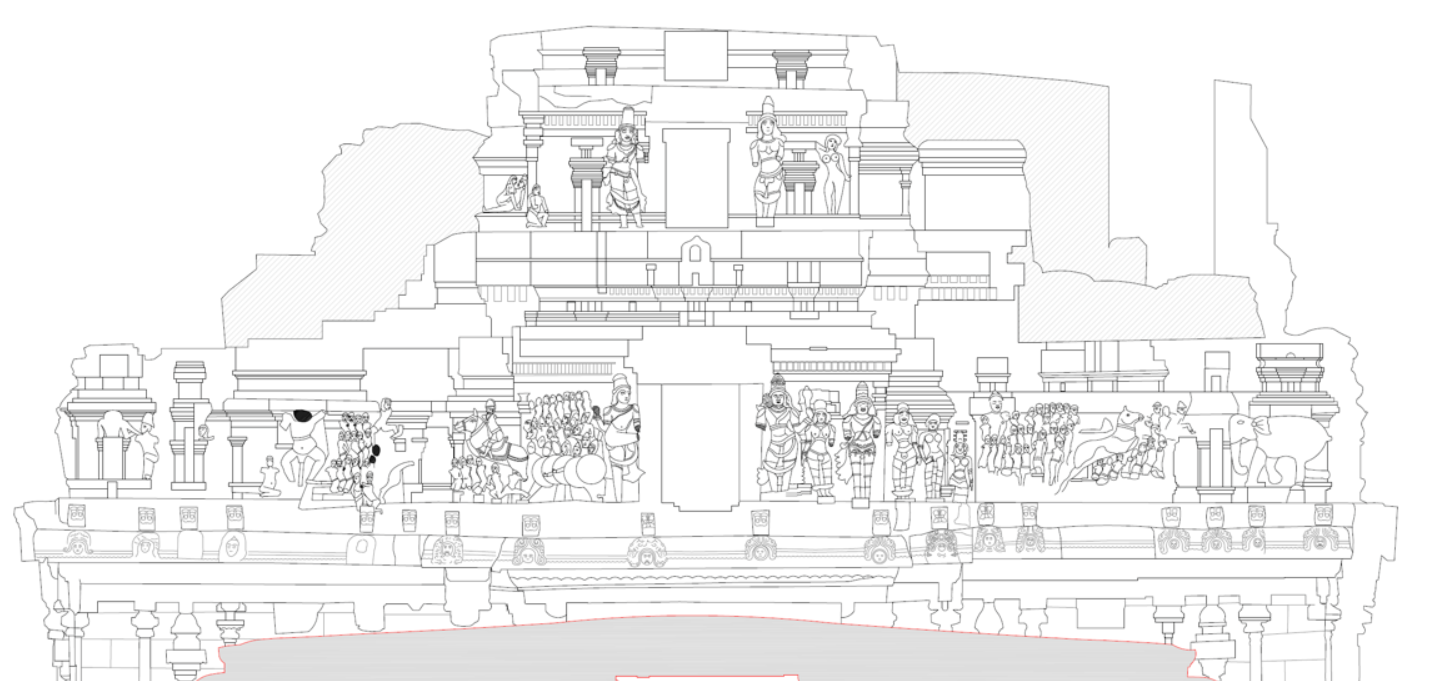
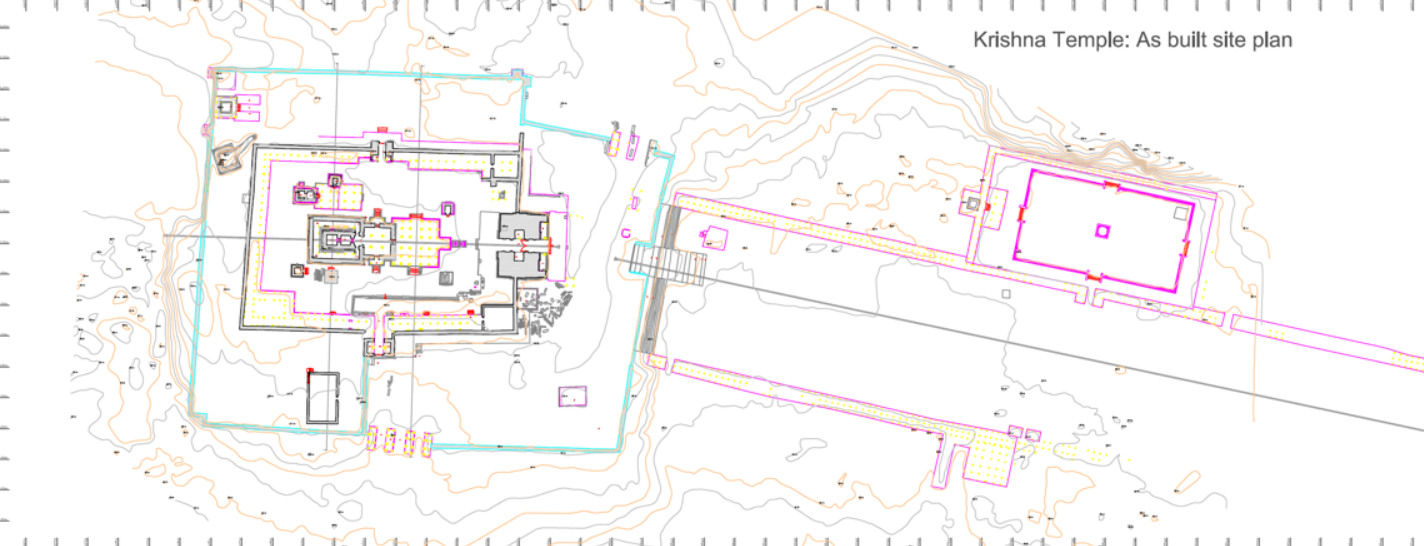
Conclusion
As with any 3D laser scanning project for heritage sites there are always high expectations, unexpected field conditions, and a sense of fulfillment on completion. The laser scanning at Krishna Temple in Hampi is one example of a heritage site PEGS has helped to document and create a digital archive for its preservation in the years to come.
